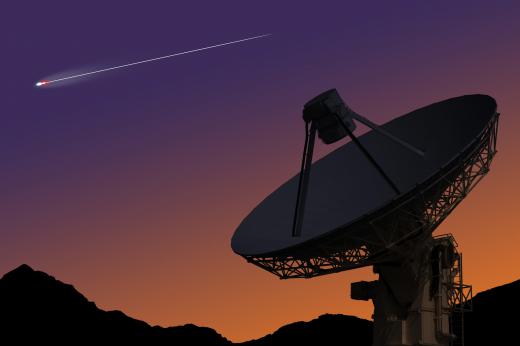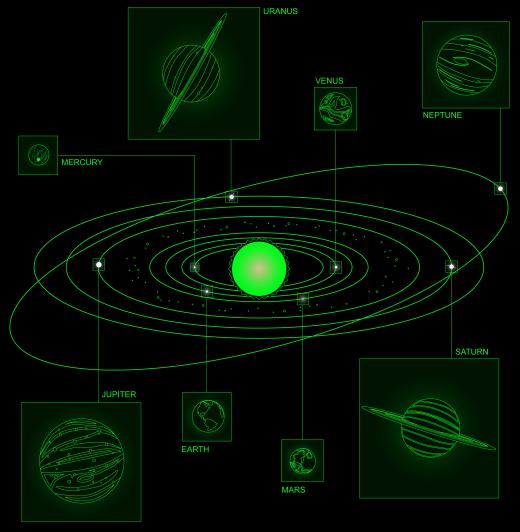What is Planet Xena?
 Tricia Christensen
Tricia Christensen
Planet Xena is an orb circling the sun that was first discovered by astronomers Michael Brown, Chad Trujillo, and David Rabinowitz in 2003. Its official name at this point is UB313. However, it was nicknamed Xena, after Xena, Warrior Princess , the popular television show.
First measurements estimated planet Xena had a diameter of about 1,500-2,000 miles (approximately 2,500-3,500 km). These measurements made UB313 roughly one and a half times larger than Pluto. Planet Xena is the largest orb discovered since Pluto was identified.

More measurements evaluated that planet Xena is approximately 1.6 billion miles (approximately 15 billion km) from earth. This measurement places UB313 in the Kupier Asteroid Belt. Xena appears gray, which may point to a surface of frozen methane gas. Scientists believe the temperature on Xena is absolute zero. Observation in 2005 also revealed that planet Xena has a moon, nicknamed Gabrielle.

The discovery of UB313 has led to a fierce debate on whether planet Xena can be technically termed a planet. The main rejection of Xena’s planetary status has been based on evaluation of Xena’s orbital pattern. As planet Xena rotates the sun, it crosses into the orbit of Pluto, so its orbit is not entirely round. Astronomers also pointed to UB313’s size as a reason to reject Xena as a planet.
Other astronomers were quick to come to the defense of planet Xena. Since Xena is larger than Pluto, then Xena is clearly a planet, such scientists argue. Further, if orbital pattern determines whether an object is a planet, then Xena does not significantly differ from Pluto. Pluto also has an unusual orbital pattern, crossing into Neptune’s path of orbit.
A lack of scientific consensus on what determines a planet lies at the heart of this debate. It is possible that if UB313 does not receive planetary status, Pluto may also be ousted from its current status as well. We may then study the eight planets in our solar system, as opposed to possibly studying ten.
Further observations of planet Xena have reduced its original estimated size. UB313 is now thought to be only slightly larger than Pluto. This reduction in estimated size may weaken the position of those who support the concept of planet Xena. In order to determine whether UB313 is actually a planet, scientists must arrive at a universal consensus on the definition of a planet.
If classed as a planet, Xena will probably be renamed, since most planets derive their names from Greek and Roman mythology. Some astronomers wish to see this tradition continue and feel it denigrates a planet to name it after a television show. Regardless of the name and ultimate status of planet Xena, high excitement surrounds this discovery. Little planet Xena may also be the catalyst that forces a more precise definition of what features determine planetary status.
AS FEATURED ON:
AS FEATURED ON:












Discussion Comments
if our solar system is made from an older star or stars would they have had planets and where are they?
If Planet Xena has, for the most part, been determined to be a *planet* (or, more politely, an oversized rock, for lack of a better term at this point), then why are scientists even trying to debate this issue? It's not like we are the *only* planet/universe out there, as has already been documented. This universe is so vast, does it mean that only 1 group of men, in this time slot, should be the ones to say yes or no? Shouldn't there be future generations who should decide this? Why does everything have to be in the *here & now*?!
Be open to new ideas. There are far more things out there that need more attention at this point than the squabbling of "Is it a planet or not?" Look *past* that. Once you do, you would be amazed at what you will see. Beyond your wildest imagination.
Just take things slow and enjoy what you find as you go along without having to "Label" things. You never know. Someone or something could be labeling *us* right now. Makes ya think, no?
-Mike
how was the planet discovered?
Post your comments